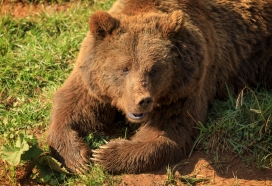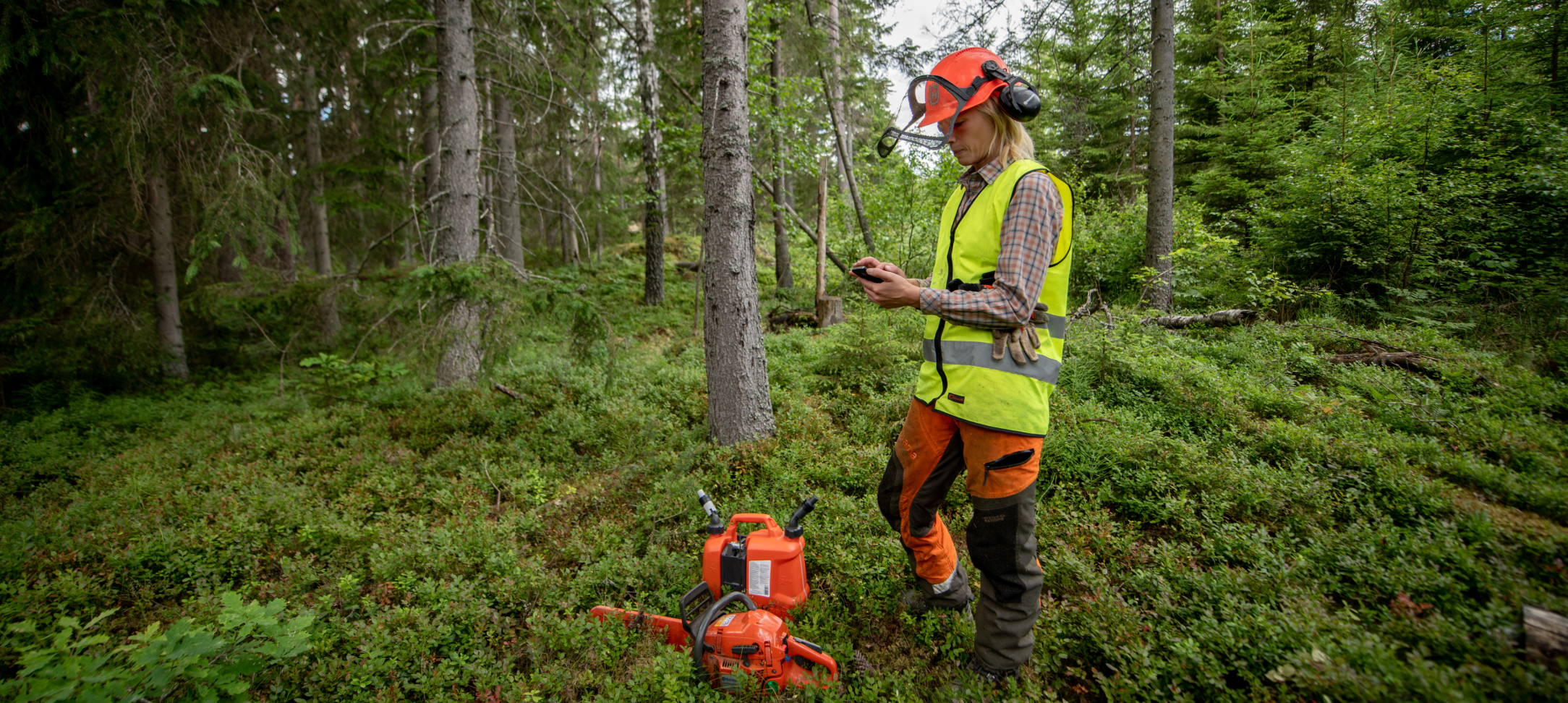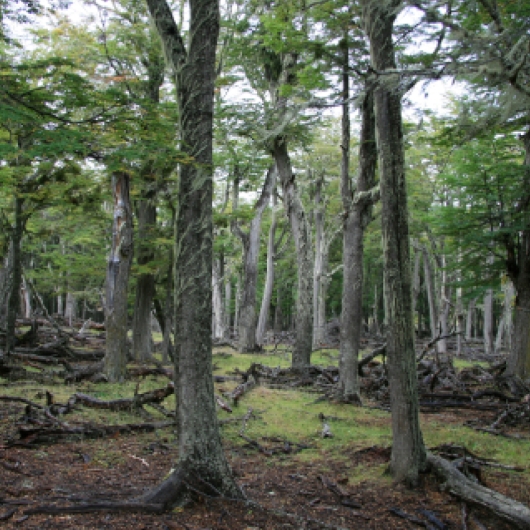
FSC has joined 100+ NGOs supporting the #Together4Forests movement.
As the pioneer of forest certification, the Forest Stewardship Council (FSC) sets the standard for responsible forest stewardship. Our policies unify a diverse set of stakeholders around common guidelines for forestry that are:
Our open and transparent standards include safeguards to ensure that stakeholders throughout the forest supply chain live up to the principles that protect healthy and resilient forests for all, forever.

FSC’s 10 principles are the foundation of our forestry standard.
Developed to be relevant to different kinds of forest ecosystems and in diverse cultural, political, and legal settings, they require any managers of certified forests to:
Complete descriptions of these principles and the criteria that determine whether the principles are being followed can be found here.
We’re the most trusted forest certification system for a reason. If anyone connected to FSC is involved in destructive forestry activities, we take action.
In areas of western Oregon around salmon-bearing streams, FSC standards require conservation of areas that are more than double the width of those usually required for private landowners. These buffers help protect both threatened and endangered salmon, along with drinking water for people downstream.
While state legislation in Oregon allows clear cutting in areas up to 120 acres (48.6 hectares) in size, FSC limits these openings to an average of 40 acres (16.2 hectares).
People and wildlife benefit from FSC standards which include restrictions on the use of dangerous chemicals such as atrazine. This chemical is commonly used in the United States but has been linked to birth defects in humans.
As a species of concern in this area, this salamander receives protection within FSC-certified forests, even though there is not legislative requirement for protection in Oregon. Hopefully this will help the species thrive and not need legal protection in the future.
Peer-reviewed research has shown that FSC practices in western Oregon’s and Washington’s Douglas fir forests remove and store at least 30% more carbon from the air on average than other forests the practices that are common within other forests. 1

There’s a place where you can see all the FSC standards, policies, and procedures currently being created or revised. We’re committed to making the process comprehensive, transparent, and inclusive.

The newsletter will keep you informed of any standard documents being developed and calls to join a working group.
Register now →
When changes to key standards and policies are being considered, we often invite public comment. By visiting our Consultation Platform, you can see and contribute to all consultations open for discussion.
Add your voice →
FSC is governed by a global network of more than 1,000 organizations and individuals representing environmental, social, and economic perspectives. Our members collaborate to develop solutions that create healthy, resilient forests worldwide.
Learn more →
We’re committed to making responsible forestry attainable by all. Our standards are locally adapted to address the on-the-ground realities of different regions.
We also have solutions that make it easier for community- and family-managed forests to become FSC certified.
Our standards are changing and growing, helping to improve how FSC helps protect forests around the world. Stay up to date on the latest development for our standards and policy work.
1. https://www.mdpi.com/1999-4907/9/8/447